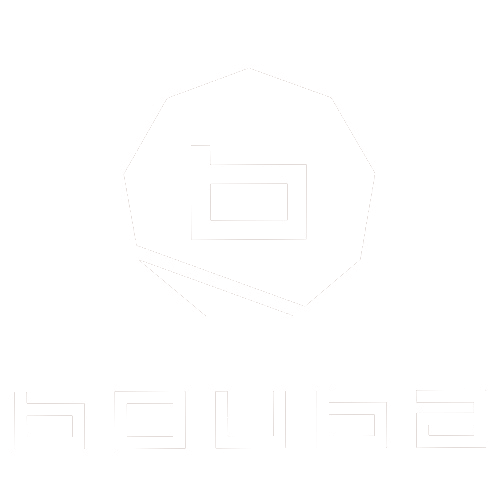When matching brows, designing makeup, or even selecting fashion colors, artists often go by what they see. But the surface color of hair—known as the overtone—can be deceiving.
To work like a true artist, you need to see what’s underneath: the undertone, the deeper pigment that shapes how color interacts with skin, light, and product.
Bouba World Philosophy:
“Overtone is what people show. Undertone is what tells the truth.”
This blog will guide you through identifying and working with overtones and undertones in blondes, brunettes, redheads, and grey hair, and show you how to make artistic decisions with greater precision and professionalism.






